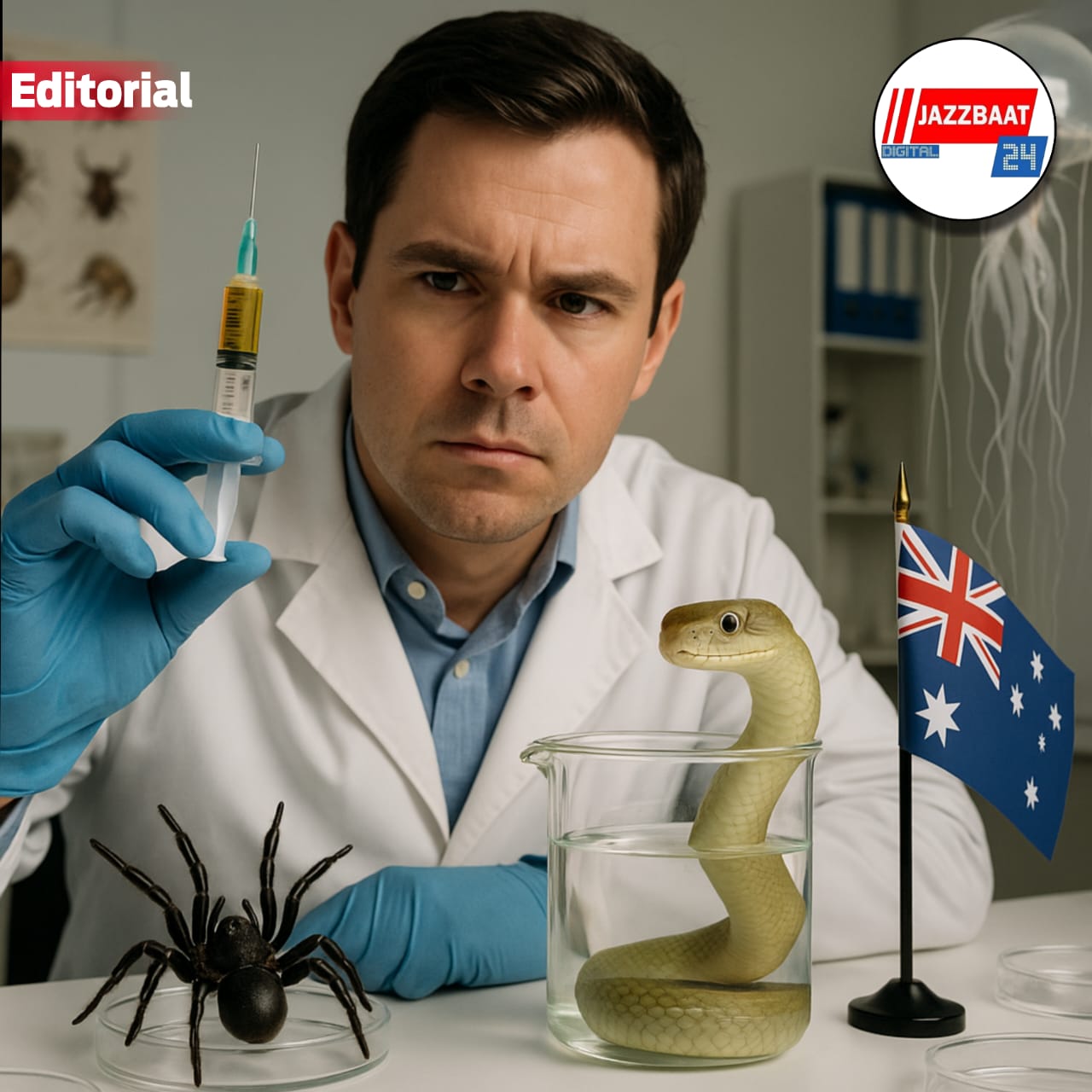
The land down under. A continent famed for its stunning landscapes, unique wildlife, and... its infamy for harboring some of the world's most venomous creatures. From the Sydney funnel-web spider to the box jellyfish, the continent's reputation as a hotbed of deadly animals is well-earned. Yet, in a remarkable twist of fate, the very venoms that make these creatures so dangerous are now being harnessed to save human lives. This is the "poison paradox" – a phenomenon that highlights the complex and often surprising relationship between humans and the natural world.
For many years, Australians have lived with a degree of trepidation, a cautious awareness of the potential dangers lurking in their backyards, bushlands, and even their coastal waters. Tales of deadly snakebites and agonizing stings are woven into the national narrative. However, this fear has also spurred a remarkable scientific endeavor: the study of venom.
Australian researchers have been at the forefront of venom research, meticulously studying the complex chemical compositions of these natural toxins. What they've discovered is astonishing. These venoms, while deadly in their natural context, contain a cocktail of potent compounds with incredible medicinal potential.
Take, for instance, the venom of the Sydney funnel-web spider. This arachnid, with its aggressive demeanor and highly toxic venom, is the stuff of nightmares. Yet, its venom has been instrumental in developing a life-saving antivenom. Before the antivenom's development, funnel-web spider bites were frequently fatal. Now, thanks to the careful extraction and study of this venom, deaths are rare.
Similarly, the venom of snakes like the taipan and the tiger snake, while capable of causing rapid and catastrophic physiological collapse, are being explored for their potential in developing new classes of drugs. Compounds derived from snake venoms are being investigated for their applications in treating everything from chronic pain to cancer. Some venom components have shown promise in inhibiting blood clot formation, leading to potential treatments for stroke and heart disease.
The box jellyfish, a seemingly ethereal creature with a sting that can cause excruciating pain and even death, is another example. Its venom, a complex mix of toxins, is being studied for its potential to develop pain management medications. Researchers are hopeful that they can isolate specific compounds that can target pain receptors without the severe side effects associated with traditional painkillers.
This research is not without its challenges. Extracting venom from these creatures is a delicate and dangerous process. Maintaining colonies of venomous animals for research purposes requires specialized facilities and highly trained personnel. Furthermore, the process of isolating and identifying the specific compounds within the venom, and then developing them into safe and effective medications, is a long and arduous one.
Despite these challenges, the potential rewards are immense. The development of new drugs and therapies derived from venom could revolutionize medicine, offering new hope for patients suffering from a wide range of debilitating conditions.
The poison paradox reminds us that nature is a complex and multifaceted force. What appears deadly and destructive can also hold the key to healing and progress. As we continue to explore the natural world, we are constantly uncovering new and unexpected ways in which it can benefit humanity. Australia's venomous creatures, once symbols of fear, are now becoming sources of hope, offering a powerful testament to the intricate balance of life and the boundless potential of scientific discovery.